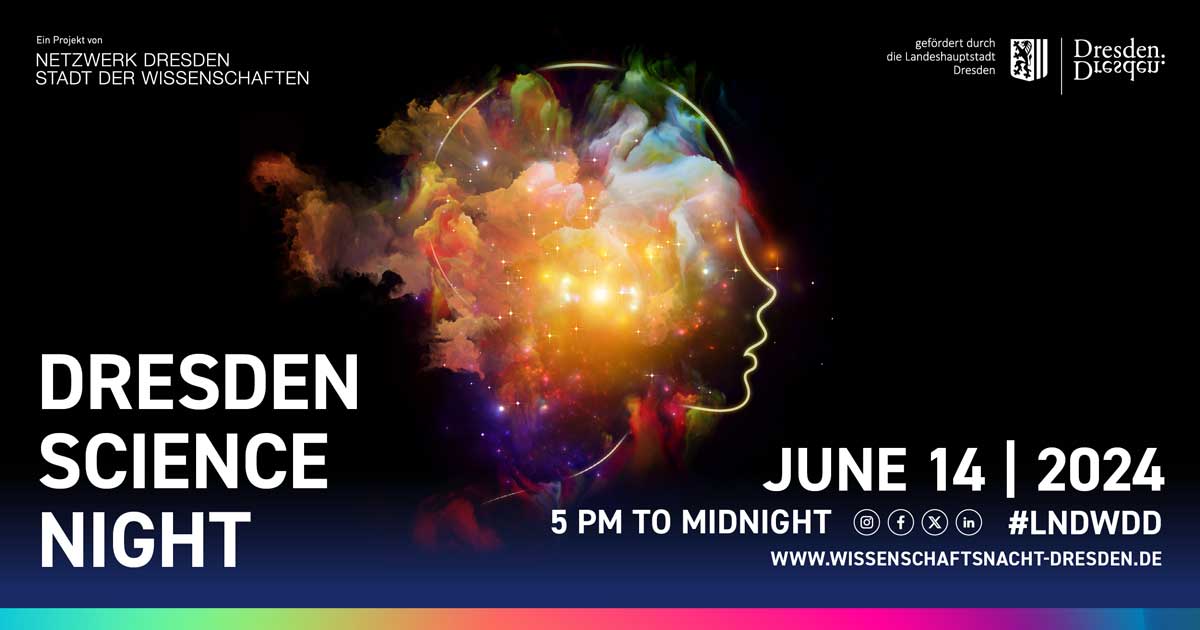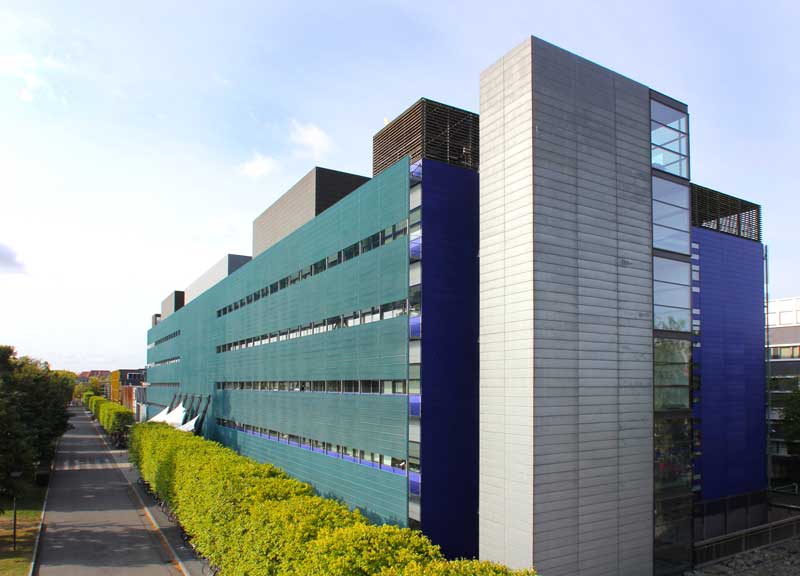550 researchers from all over the world at the Max Planck Institute of Molecular Cell Biology and Genetics (MPI-CBG) are almost always in action - not only for the Dresden Science Night (Dresdner Lange Nacht der Wissenschaften) on June 14, 2024, but especially then! We are looking forward to welcome you this year in person again from 5pm to midnight. We prepared an exciting program for you and we'll hope to see many of you here that evening.
Full program of the 2024 Dresden Science Night:
https://www.wissenschaftsnacht-dresden.de/en/events
Program of the MPI-CBG on the Dresden Science Night website.
This year we also offer guided tours in Russian or Arabic language to our science stations. Just ask at the reception desk! One of our employees will then guide you through the house. We are looking forward to many international visitors!
Завітайте до стійки реєстрації та один з наших українських чи російських співробітників залюбки проведуть для вас екскурсію різноманітними науковими станціями. З нетерпінням чекаємо на наших інтернаціональних відвідувачів!
Flyer_Russian_2024.pdf
Flyer_Ukrainian_2024.pdf
جولات مرشدة باللغة العربية في ليلة العلوم في MPI-CBG
نقدم هذه السنة جولاتٍ باللغة العربية في محطاتنا العلمية، يمكنك طلب هذه الخدمة عند مكتب الاستقبال. أحد موظفينا سيقوم بمرافقتك و إرشادك داخل المبنى. نتطلع لاستقبال العديد من الزوار الأجانب.

